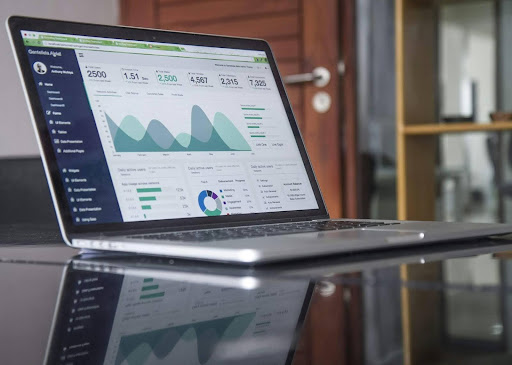Would you like to expand your business into Germany? There is only one thing you should know: the market. What is in demand with German consumers today? What influences their purchase decisions? And most importantly, how can your business align with these trends to succeed in 2024?
Germany is the powerhouse of Europe, and a better understanding of the details in its marketplace gives you an added advantage. Let’s jump into the modern trends shaping consumer behavior so you can make wiser decisions for your expansion.
The German Economy: A Quick Overview
Let’s set the stage first. Germany is not only the largest economy in Europe but also one of the largest economies in the world. The year 2024 still continues to see a strong economy, though for any country, of course, there are always challenges, including inflation and a shift in global trade dynamics.
But despite these issues, Germany’s market still has immense potential for companies across various industries. So, what powers the demand in this robust economy? Let’s break it down.
Key Consumer Trends in Germany for 2024
1. Sustainability Is the New Normal
Sustainability is no longer a niche interest, it’s a must for German consumers. From eco-friendly packaging to energy-efficient products, Germans are looking for brands that prioritize the planet. If your business can align with these values, you’ll be in a great position to appeal to the eco-conscious crowd.
2. E-Commerce Growth is Exploding
Germany’s e-commerce market continues to grow, especially in sectors like fashion, electronics, and groceries. Consumers expect a seamless online shopping experience, so make sure your website is mobile-friendly and your checkout process is smooth.
3. Health and Wellness Are Front and Center
German consumers are increasingly focused on health, fitness, and wellness. From organic food to fitness tech, products that promote well-being are in high demand. If you’re in the health or wellness space, make sure your offerings meet the German standard for quality and transparency.
4. The “Made in Germany” Factor
Germans value local products, and the “Made in Germany” label is a sign of quality. Demonstrating local commitment or partnering with German suppliers can help you build trust and connect with the market.
What Drives German Consumers?
Now that we know some of the big trends, let’s talk about what makes German consumers tick. After all, it is just as important to understand behavior as it is to know the trends.
Price Sensitivity vs. Value
Germans are cautious spenders, but that does not mean that they will not invest in quality. It is not about cheap prices; it’s about value. They will pay more for a product if that means durability, reliability, and benefits in the long run. When entering the market, make sure your products aren’t just at affordable prices, but they should stand out in terms of quality.
Building Strong Connections
In 2024, it’s not just about having a great product, it’s about connecting with your customers. Germans expect brands to engage with them on social media platforms like Instagram, Facebook, and LinkedIn, and they value companies that are responsive and transparent. A virtual German phone number can also help by providing a direct, personal line of communication, giving your customers a way to reach you easily and feel more connected to your brand.
Privacy Matters
Another thing to consider? Data privacy. Germany enacts some of the toughest data protection laws in the world. The German consumer values transparency most specifically with regard to handling their personal information. If your business operates online, then you are expected to ensure your data protection policies are crystal clear. Build trust by being transparent about how you gather and use customer data.
Who Are the German Consumers?
A single market does not fit Germany. It is truly diverse, and most consumption patterns vary between different age groups and regions.
Younger Generations Are Key
Gen Z and Millennials are driving many purchasing decisions. These tech-savvy, socially conscious groups are looking for brands that align with their values, whether sustainability or social responsibility.
The Aging Population
Germany’s aging population presents opportunities, especially in healthcare and senior living. Older Germans value quality and ease of use, so consider how your offerings can meet their needs.
Wrapping It Up
The market in Germany in 2024 is full of opportunities, but also more nuanced than just slapping a product on a shelf. Understanding trends such as sustainability, digital shopping, and health-conscious living will help you shape an approach. Back that up with some sound knowledge of what makes German consumers tick, such as value-for-money purchases, the concern for privacy, and the preference for local products, and you’ll be cooking with gas.
So, what is your next step? Is your business ready to adapt to these trends and create a splash in Germany? It’s time to think big, but think smart.
